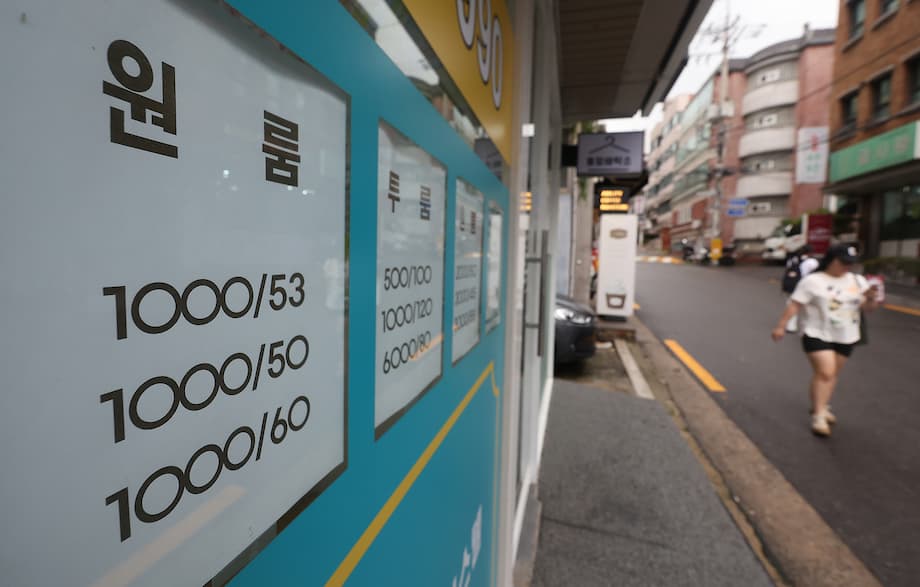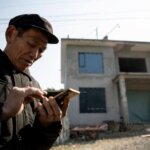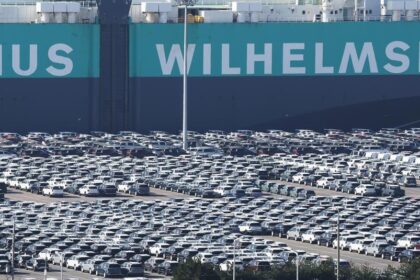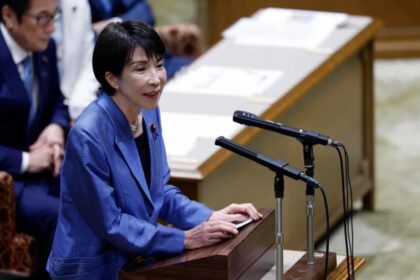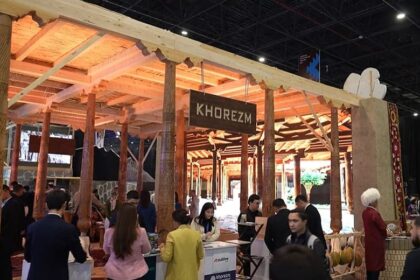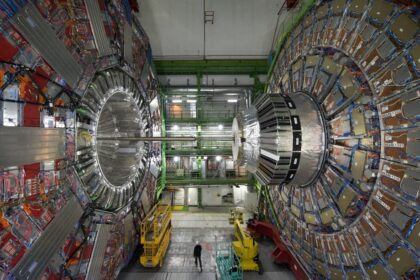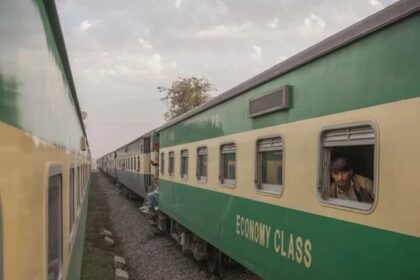Seoul’s Studio Apartment Rents Reach Unprecedented Levels
In July 2025, the average monthly rent for a studio apartment—known locally as a “one room”—in Seoul soared to 730,000 won (about $525), marking a 7.9 percent jump from the previous month and the sharpest on-month increase seen this year. This surge, confirmed by real estate platform Dabang and reported by The Korea Herald, underscores a broader trend of rising housing costs in South Korea’s capital, particularly for the city’s growing population of single-person households.
Mapo-gu, a district popular with young professionals and students, witnessed the steepest increase, with average rents leaping 22.4 percent to 880,000 won per month. Gangnam-gu, long known for its affluence, remains the most expensive district for studio living at 940,000 won monthly. Seven other districts, including Yongsan-gu (870,000 won), Seocho-gu (810,000 won), and Seongdong-gu (790,000 won), now meet or exceed the citywide average, reflecting a citywide escalation in rental costs.
Why Are Studio Rents Rising So Quickly?
The dramatic rise in studio rents is the result of several converging factors: demographic shifts, policy changes, evolving investment patterns, and a persistent supply-demand imbalance in Seoul’s housing market.
Demographic Shifts: The Rise of Single-Person Households
South Korea is experiencing a demographic transformation. Single-person households have become the dominant living arrangement in Seoul, accounting for nearly 40 percent of all households in the city by 2023, up from less than 30 percent just a decade ago. Nationwide, single-person households reached 9.9 million at the end of 2024, representing 41.5 percent of all households. This trend is particularly pronounced among young adults and professionals seeking independence and proximity to work or study.
As a result, demand for small, affordable apartments—especially studios—has surged. These units, typically around 33 square meters with a 10 million-won deposit, are now the preferred choice for many urban dwellers. The competition for such units is especially fierce in districts with vibrant nightlife, universities, or easy access to public transportation, such as Mapo-gu, Hongdae, and Sinchon.
Policy Changes and the Shift from Jeonse to Monthly Rent
Traditionally, South Korea’s rental market has been dominated by the jeonse system, a unique arrangement where tenants pay a large lump-sum deposit (often hundreds of millions of won) in lieu of monthly rent. However, recent government regulations—such as the June 27, 2025, loan restrictions—have made it harder for tenants to secure large deposits, while landlords face tighter limits on raising jeonse prices.
As a result, both landlords and tenants are increasingly turning to monthly rent contracts, which require lower upfront costs but higher ongoing payments. This shift is particularly evident in high-demand districts like Gangnam, Seocho, and Songpa, where jeonse listings have declined and monthly rent contracts have surged. According to real estate agents, landlords now prefer monthly rent for its steady income and flexibility, especially as bank interest rates remain low.
Experts note that this transition is reshaping the rental landscape. As one real estate analyst explained,
“The loan regulations block the transition from jeonse to home purchase, naturally leading to more guaranteed monthly rent contracts.”
The result is a steady upward pressure on monthly rents, especially for smaller units.
Supply Constraints and Construction Slowdown
While demand for studio apartments has soared, supply has struggled to keep pace. Construction activity in Seoul has slowed, with new housing starts and completions remaining below government targets. Private development is constrained by financing challenges, and building permits have stagnated. Public sector projects have tried to fill the gap, but the overall supply shortfall persists.
This imbalance is particularly acute in central and southern districts, where land is scarce and development costs are high. The shortage of affordable rental units has intensified competition among tenants, driving up prices and making it harder for newcomers to secure housing.
Foreign Investment and Institutional Landlords Enter the Market
The changing demographics and persistent demand for rental housing have attracted global real estate investors. Major international players like Greystar Real Estate Partners and The Living Company have established local operations in Seoul, targeting the city’s burgeoning single-person household market. These firms are investing in professionally managed rental properties, including student housing and compact city apartments, often with shared amenities like gyms and coworking spaces.
Foreign institutional capital is also flowing into the sector through joint ventures and real estate investment trusts (REITs). For example, the Canada Pension Plan Investment Board (CPPIB) and Morgan Stanley have both partnered with local developers to build or convert properties for rental use. These investments are expected to bring more professionally managed rental options to the market, but they may also contribute to rising rents as investors seek returns.
How Do Seoul’s Studio Rents Compare?
Seoul’s average studio rent of 730,000 won ($525) may seem high, but it varies significantly by district and in comparison to other major Asian cities. According to data from Numbeo and Wise.com, a one-bedroom apartment in Seoul’s city center averages around 1.18 million won ($850–$950), while studios in prime districts like Gangnam or Itaewon can command rents of 900,000 to 1.1 million won or more. In contrast, more affordable neighborhoods like Sinchon or Jongno offer studios for as little as 480,000 to 720,000 won per month.
Compared to other Asian capitals, Seoul’s rents are moderate. For instance, Tokyo and Hong Kong typically have higher average rents for similar-sized apartments, while cities like Taipei or Kuala Lumpur are generally more affordable. However, the rapid pace of rent increases in Seoul—especially for studios—has outpaced wage growth for many residents, raising concerns about affordability and housing security.
Affordability and Cost of Living
Housing is the largest expense for most Seoul residents. The average cost of living for a single person in Seoul is estimated at 1.5 to 1.6 million won per month, with rent and utilities making up nearly half of that total. Utilities for a small apartment typically range from 150,000 to 250,000 won per month, while transportation, food, and other essentials add to the monthly burden.
For those seeking more affordable options, satellite cities like Incheon, Bucheon, or Goyang offer lower rents and living costs, often with convenient access to Seoul via public transportation. However, the allure of central districts—proximity to jobs, universities, and cultural amenities—continues to drive demand and prices in the capital itself.
New Trends: Co-Living and Alternative Housing Models
As traditional studio apartments become less affordable, alternative housing models are gaining traction. Co-living spaces, which combine private rooms with shared amenities, are increasingly popular among young professionals, students, and international residents. According to a 2025 report by JLL, the average monthly rent for a co-living unit under 40 square meters in Seoul is 1.13 million won—about 1.5 times higher than a typical officetel (a hybrid residential-commercial studio).
These co-living arrangements offer flexibility, community, and access to amenities like gyms, coworking spaces, and communal kitchens. Major real estate firms and startups are investing in co-living brands, repurposing underused hotels and officetels into modern rental housing. The government is also supporting the expansion of REITs and public-private initiatives to boost the supply of long-term rental housing.
As one industry expert noted,
“The co-living trend, once viewed as a fringe housing solution, is fast becoming a cornerstone of Korea’s rental housing ecosystem, fueled by demographic shifts, evolving lifestyle preferences, and robust investor confidence.”
Socioeconomic Impact: Who Is Most Affected?
The surge in studio rents is having a profound impact on Seoul’s residents, especially young people, students, and low- to middle-income workers. For many, the dream of living independently in the city is becoming harder to achieve. Rising rents are forcing some to seek roommates, move to less central districts, or even leave Seoul altogether in search of more affordable housing.
Businesses are also feeling the strain. High rental costs in popular districts have contributed to a wave of store closures, particularly in tourism hotspots and shopping areas. As consumer spending weakens and fixed costs rise, many retailers are struggling to stay afloat, leading to empty storefronts and reduced economic activity in once-vibrant neighborhoods.
Meanwhile, the shift from jeonse to monthly rent is changing the financial calculus for both tenants and landlords. Tenants face higher ongoing expenses, while landlords must navigate new regulations and market uncertainties. The influx of institutional investors and foreign capital may bring more professionally managed rental options, but it could also drive further rent increases and reduce the availability of affordable housing for ordinary residents.
What’s Next for Seoul’s Rental Market?
Looking ahead, most experts predict that the trend toward higher monthly rents and the decline of the jeonse system will continue. Government policies aimed at stabilizing the market—such as rent caps and support for institutional landlords—may help moderate price increases, but supply constraints and strong demand are likely to persist.
Foreign investment and the rise of co-living and build-to-rent models are expected to reshape the rental landscape, offering new options for some but potentially raising barriers for others. The challenge for policymakers will be to balance the needs of investors, landlords, and tenants while ensuring that Seoul remains an accessible and vibrant city for all its residents.
In Summary
- Seoul’s average studio rent hit a record 730,000 won ($525) in July 2025, with Mapo-gu and Gangnam-gu leading the surge.
- Rising demand from single-person households, policy shifts away from jeonse, and supply constraints are driving up rents.
- Foreign investors and institutional landlords are entering the market, bringing new rental models but also contributing to price pressures.
- Co-living spaces and alternative housing arrangements are gaining popularity as traditional studios become less affordable.
- The rent surge is impacting young people, students, and businesses, raising concerns about affordability and economic vitality in Seoul.
- Experts expect the trend toward higher monthly rents and new rental models to continue, with policy and investment shaping the future of Seoul’s housing market.


